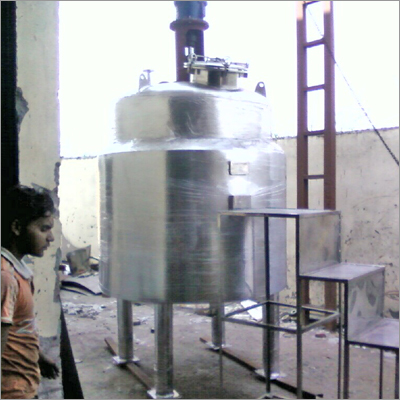Difference Between Transformed Resources and Transforming Resources

The production process always requires inputs and outputs. Inputs are raw materials whereas the outputs are products that are manufactured and consequently sold in the market. Modern management theories are based on the concepts of transformed and transforming resources. Although there are notable similarities between the two, there are also some key differences.
Without resources, the production process can never be completed. In fact, resources lay the foundations of transforming and transformed goods. In the field of management sciences, transforming resources or transforming goods are defined as the items or things that are required to make a product for the consumers. For example, a milk processing plant is required to produce cheese, butter etc. This plant can be termed as transforming good. Items such as machinery, hardware, software, building, stores etc. fall under the category of transforming goods since they convert the raw material (milk) into the desired products. Here milk is also a transforming resource.
The raw product that is obtained from the production process is termed as the transformed good or transformed resource. In the example narrated above, cheese and butter are the transformed goods.
It should be noted that transforming goods are almost always less expensive than the transformed goods. However, since transformed goods are always in high demand, people do not mind paying more for the product.
Instructions
-
1
Transforming resources
Items or things required to convert raw materials into the desired product are known as the transforming resources. The raw materials also fall in this category.
For example, consider the plant which produces cement. All the raw materials which are required in the manufacturing process, plus all the machinery and equipments which are used, fall under the broad category of transforming resources.
Image courtesy: taahaengineers.com

-
2
Transformed resources
Products produced through processing of certain raw materials are classified as transformed resources.
Considering the same example used in step one, cement can be defined as a transformed resource.
Image courtesy: allyou.com








